* by Lannie
Cold weather is notoriously bad for health. The winter months bring cold and flu season, and the lack of sunshine and fresh air can make even the happiest person a little depressed. Believe it or not, the same is true for pets. Dogs and cats have their own set of struggles through the coldest months of the year. Here are some tips to help keep your furry friends comfy, cozy and cold-free!

Get a Checkup
Your pet needs regular health checkups to make sure everything’s in tip-top shape. It’s best to schedule these checkups as the weather changes so your vet can give you the best wellness plan for the upcoming season.
Make Sure Your Pet Is Warm
Pets feel cold just like people do. While it’s true that they have a built-in fur coat, that doesn’t mean it’s safe to leave pets outdoors for extended periods of time during chilly weather. If you have outdoor pets, make sure they have a nice warm place to snuggle up during cold weather. If possible, the best advice is to keep pets indoors during winter (with frequent outdoor breaks for exercise and potty time, of course). If your pet is older, seems frail, or is otherwise more susceptible to the cold, you might consider adding a sweater to keep the cold at bay.
Don’t Shave Your Pet
Your pet’s coat of fur is there for a reason. In the wintertime, it helps keep Fido or Fluffy nice and warm. As the weather gets colder, you can keep up the grooming, but make sure you skip any shaving or clipping of your pet’s winter coat. Your animal will need it very soon. Again, if your pet has short hair, consider adding a sweater to protect against the cold.
Keep an Exercise Routine
Because they’re spending so much more time indoors, it’s imperative that you maintain a regular exercise routine for your pets. This could be as simple as a few walks per day, but you could also consider playing Frisbee or fetch with your dog so you both get some good exercise. Cats are harder to play with, but they usually love traipsing around the yard for a half hour or so - just make sure you bring them in when they get cold.
Stay on Top of the Meds
As the winter months roll in, it may be tempting to skip some of your pet’s medication, especially preventive ones like flea and tick medication. While you may see fewer bugs in the winter, fleas, ticks, and heartworms are still a problem. If you’ve experienced fleas in the summer, you’ll definitely want to keep up with the medication now; studies show year-round prevention is the best method to eradicate these pesky bugs for good. Try giving your pets chewable tablets, like Trifexis which is the perfect trifecta of parasite prevention for dogs.
Check the Heat in Your Home
There are lots of good reasons to get a heat inspection for your home each year. For one, it can help prevent huge repair bills down the road, but it can also keep your whole family safe. If you have a gas furnace, you’ll want a yearly inspection to check for carbon monoxide leaks and other issues. You should also change your filters at the start of every season (and at least once a month) to keep allergens and bacteria away.
Finally, remember to watch your pet around other heat sources, like your fireplace and space heaters. Pets will often flock to these areas, looking for warmth. It’s easy for a pet to get too near a fire or accidentally knock over a heater, so make sure you provide constant supervision when using these sources of heat.
**Lannie is a writer for Allivet. Allivet provides affordable pet supplies and pet medications, all of which can be purchased online.

 One would think that getting a brand new latest model camera like the Lumix DH5 Panasonic Compact System Camera, Nikon D810 or Canon Mark IV for example, would allow you to become a pro photographer… well, one would be wrong! The equipment you are shooting with is important for sure but it isn’t everything. I am not a pro, and I still have a lot to learn but at the same time, I already possess some knowledge which I can share with you, knowledge which hopefully will allow you to shoot more mouth-watering pictures. I focus on food photography because this is what interests me but you can adapt my tips below to any still life subject.
One would think that getting a brand new latest model camera like the Lumix DH5 Panasonic Compact System Camera, Nikon D810 or Canon Mark IV for example, would allow you to become a pro photographer… well, one would be wrong! The equipment you are shooting with is important for sure but it isn’t everything. I am not a pro, and I still have a lot to learn but at the same time, I already possess some knowledge which I can share with you, knowledge which hopefully will allow you to shoot more mouth-watering pictures. I focus on food photography because this is what interests me but you can adapt my tips below to any still life subject.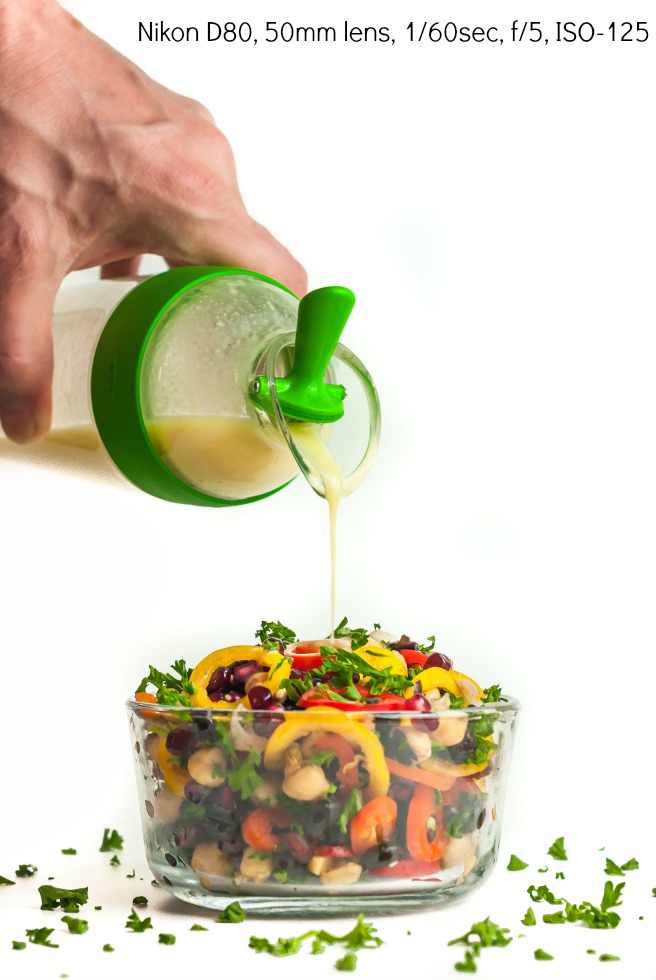
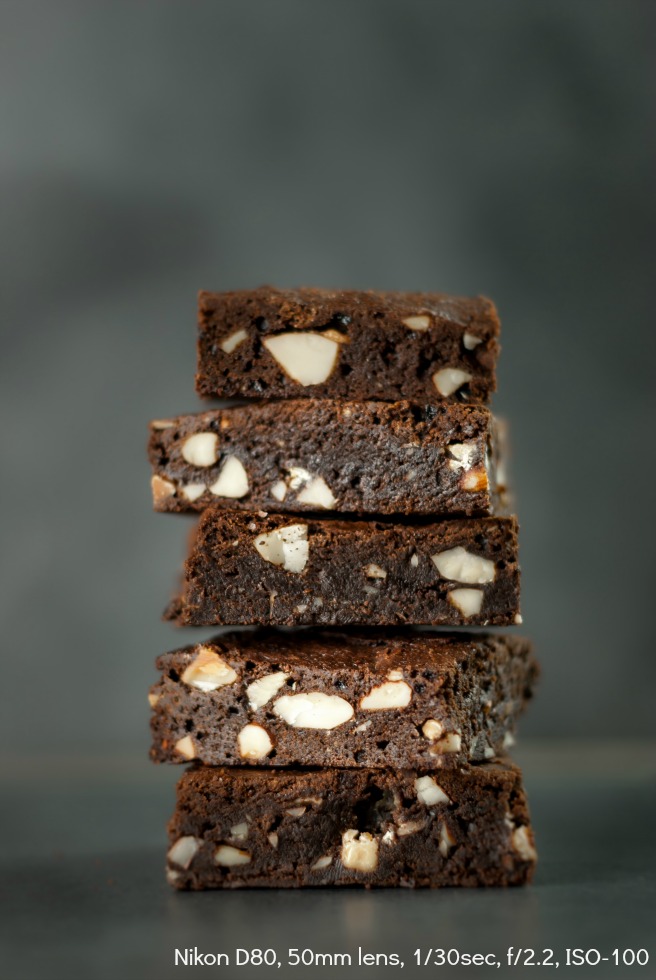
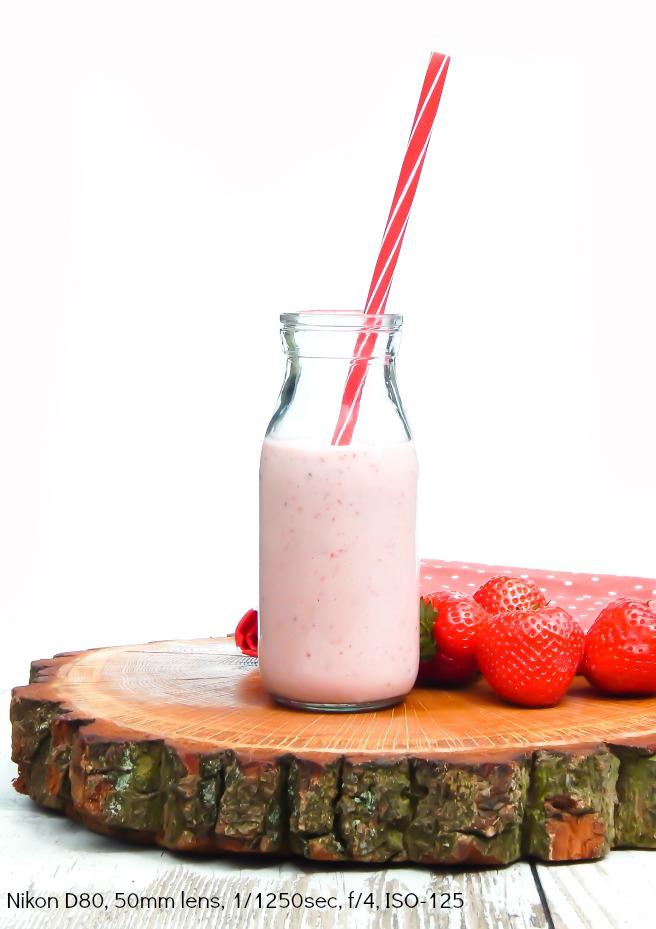

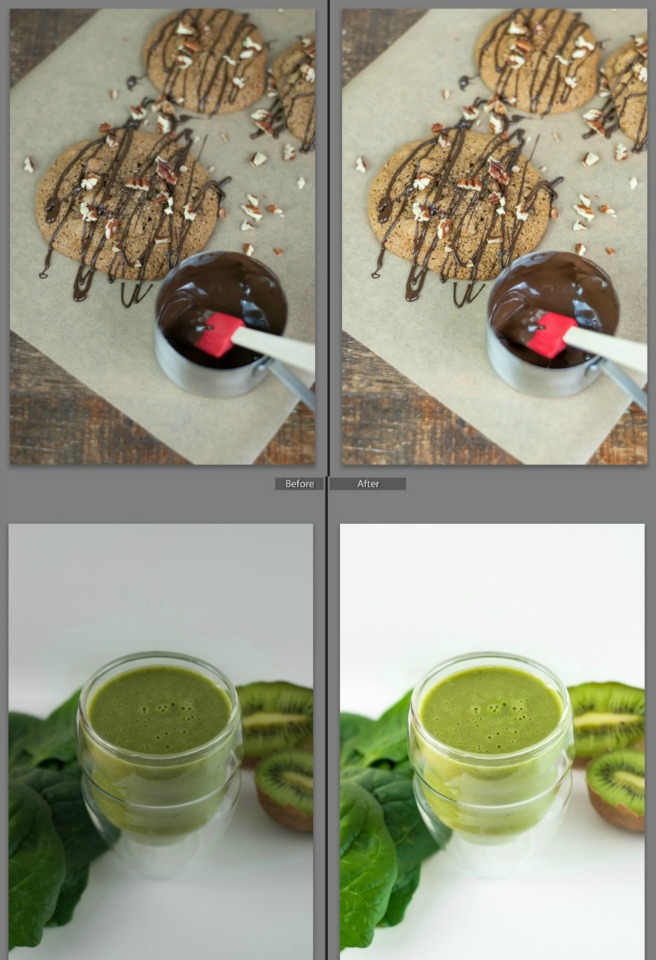 Shoot in RAW
Shoot in RAW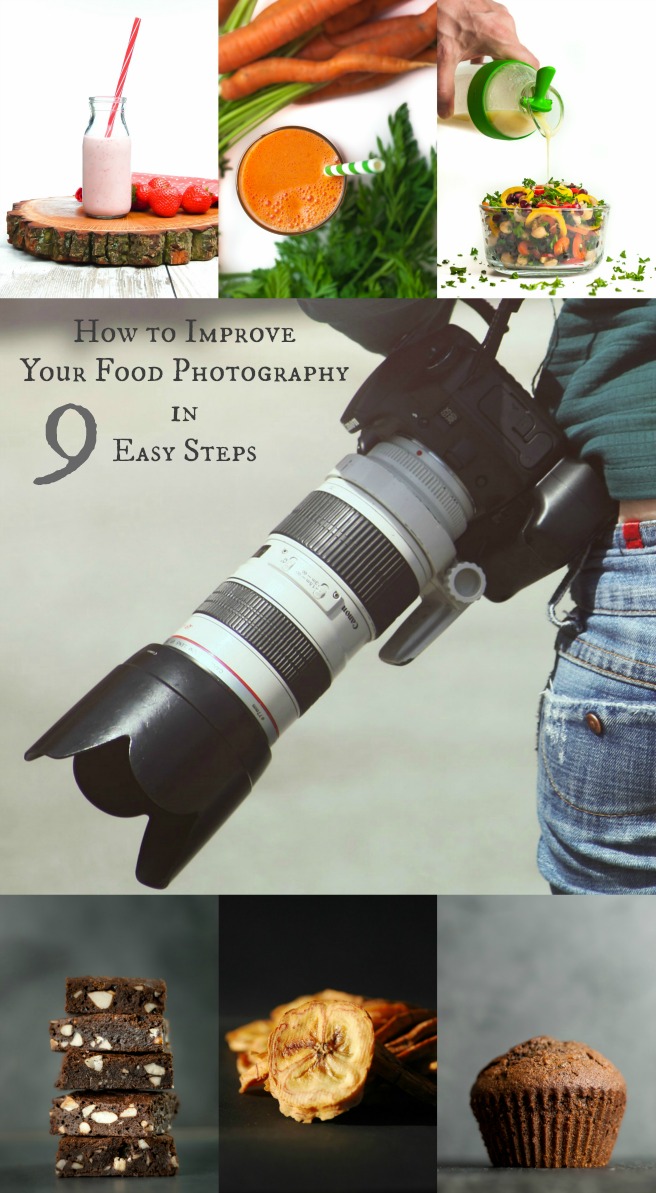
 Repainting
Repainting